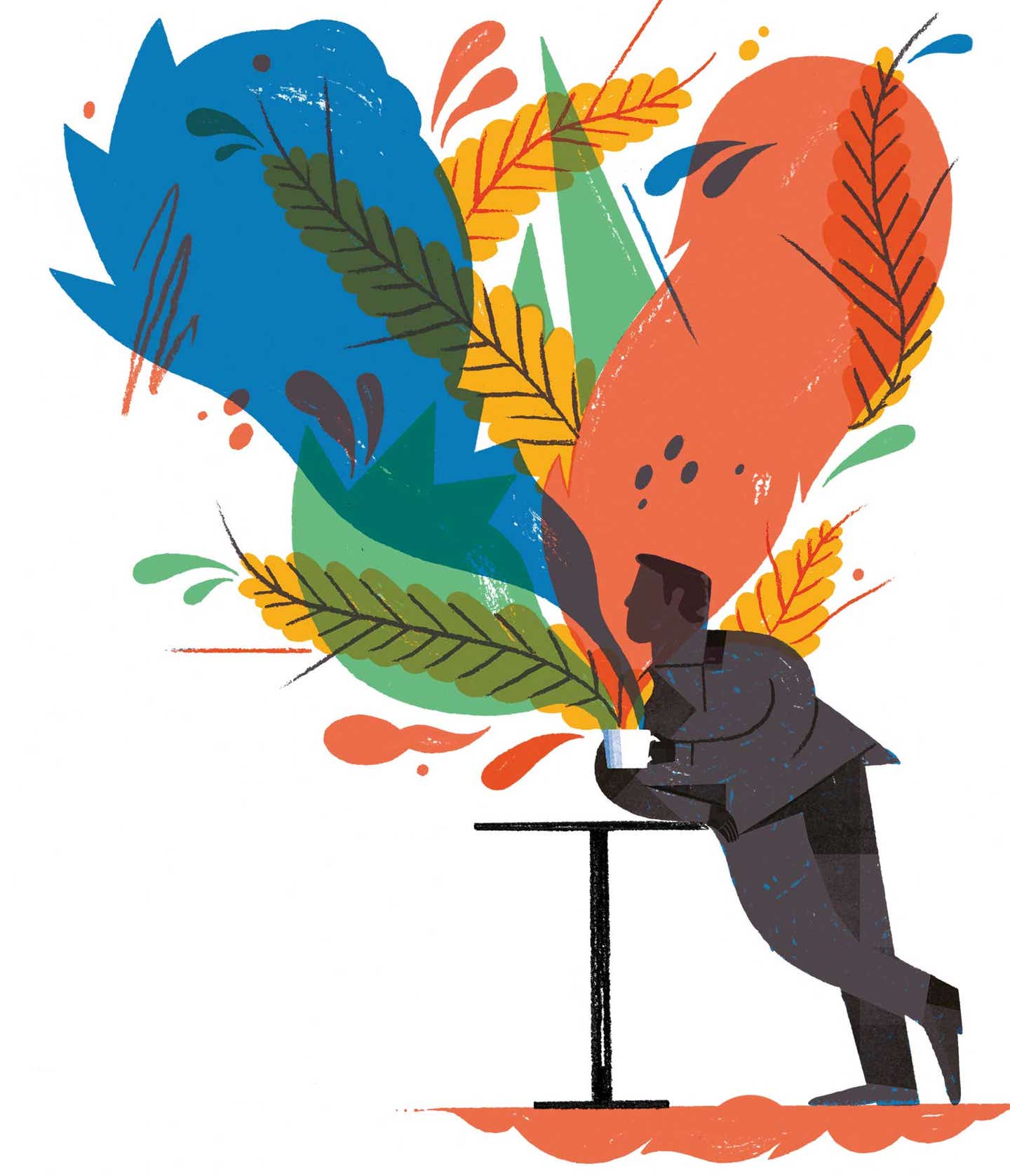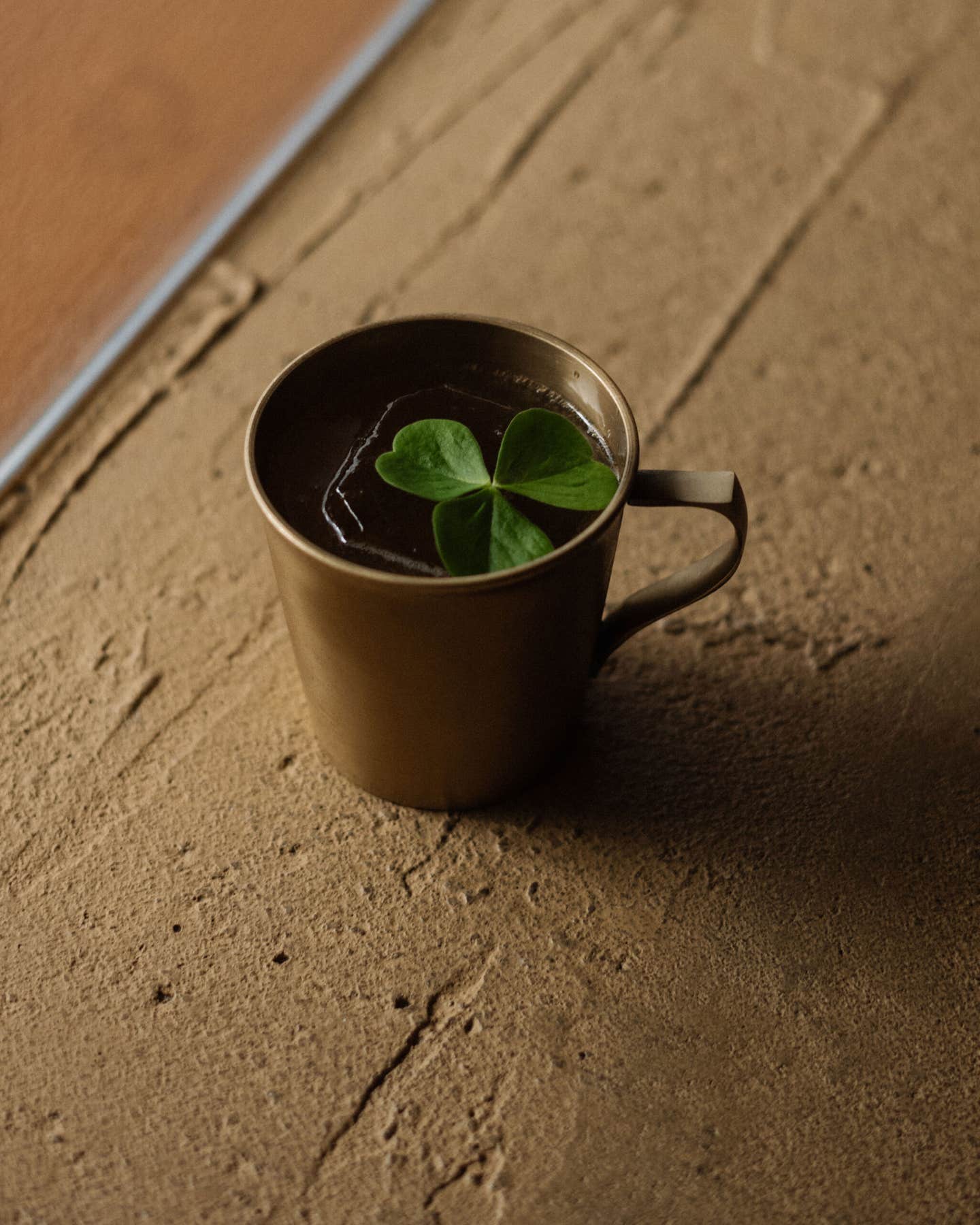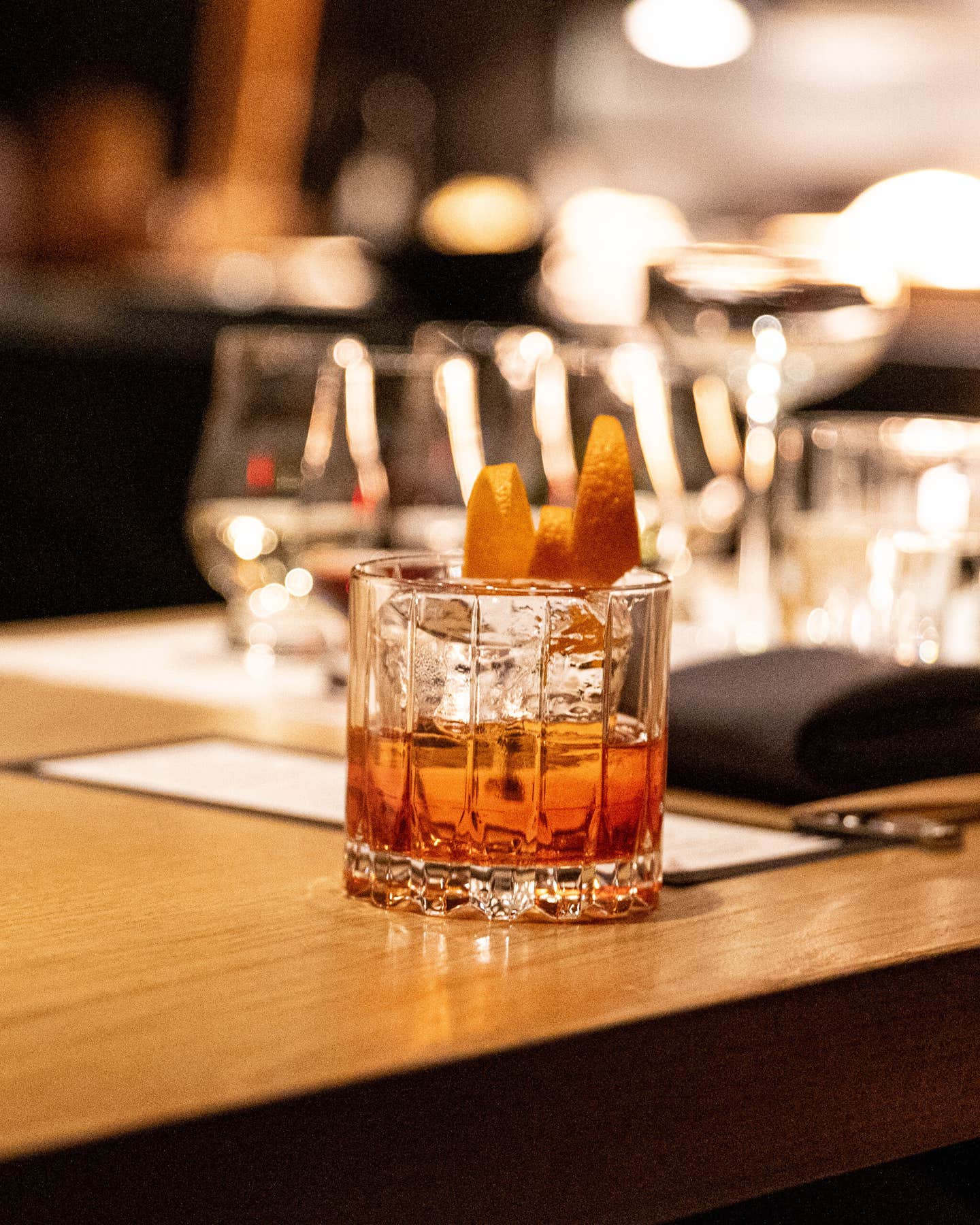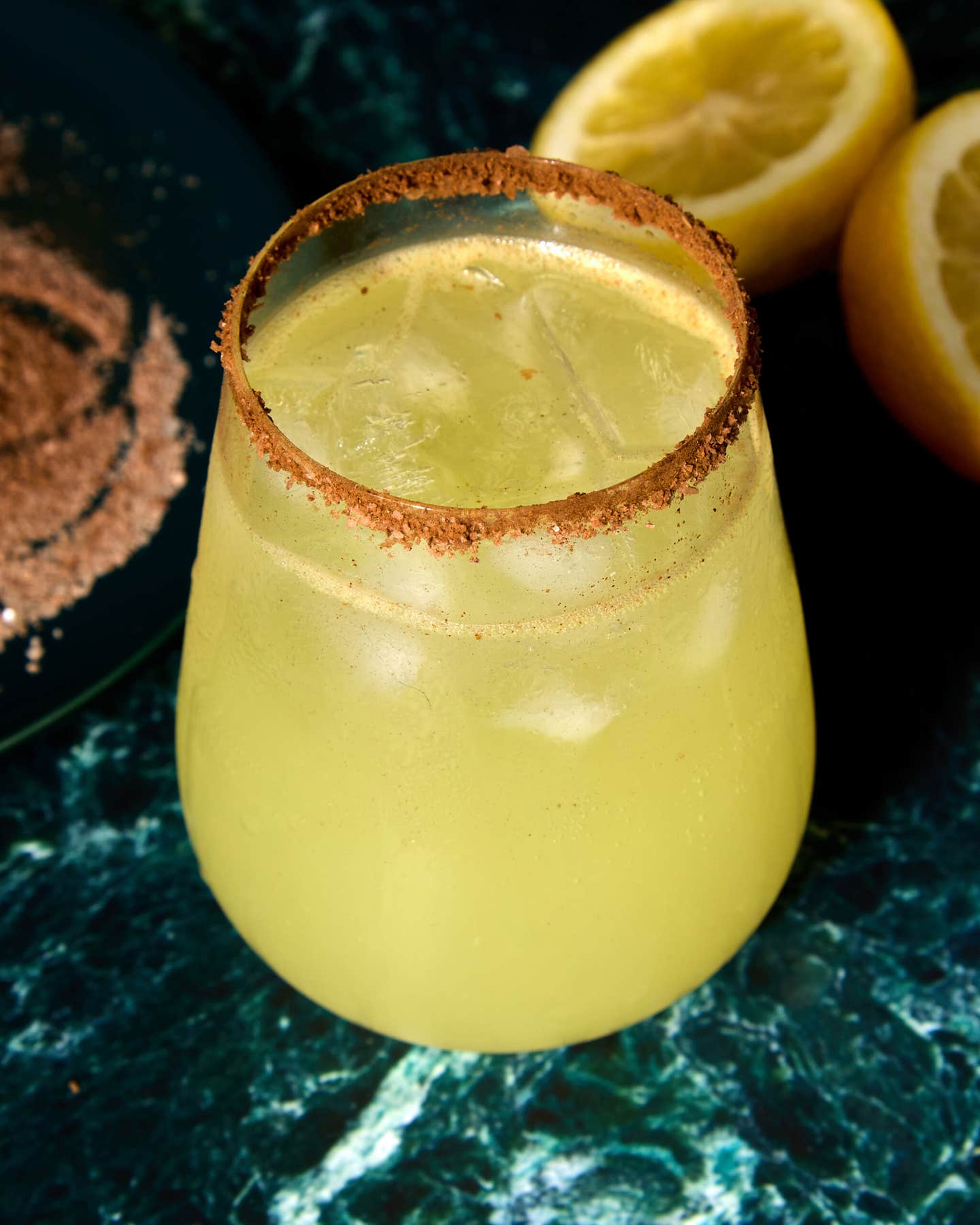
Barley Coffee: It’s Just as Good as it Sounds
Italians created imitation coffee from barley in response to World War II–era rationing. Why are they still drinking it?
It's easy for Americans to imagine Italy as a land of strict adherence to coffee rules—pity the tourist clueless enough to order a cappuccino after lunch. But this supposedly extremist coffee culture tolerates an imposter at virtually every café. It's a caffeine-free roasted barley drink called caffè d'orzo that's made in an espresso machine and could be said to taste sort of like coffee, if you're being generous. As plain espresso it's a little boring, even if it mimics the real thing's deep brown color. But made into a cappuccino, the barley's malty notes mingle with the foamed milk to create something more satisfying. It's not hard to see the appeal—if nothing else were available.
Which, in fact, is how Italy came to love the drink. The country was placed under sanctions by the League of Nations after its 1935 invasion of Ethiopia. These sanctions restricted food imports, and coffee became expensive and hard to find. "Substitutes became widely popular," says Diana Gavin, a food historian on a fellowship at the American Academy in Rome. "It was part of a more general move toward wartime substitutions for imported and luxury products."
After more than 70 years of peace, caffè d'orzo has stuck around. What's more, a drink that was mostly a holdover for people old enough to remember rationing has recently developed a certain cachet with health-conscious young Italians who are wary of caffeine. "The idea is to maintain a pleasant equilibrium," Gavin says. "Too much caffeine is not considered ideal here."
As a younger generation increasingly drinks caffè d'orzo, it has adapted itself into modern forms. Nestlé has an orzo brand, and orzo espresso pods are now available from major brands like Lavazza. But not everyone has gotten the healthy message. "Last summer I ordered an orzo cappuccino with soy milk," says the Rome-based writer Susanne Hertel. "The barista looked right at me and said, 'But this is not fun at all! You really want it?'"
Keep Reading
Continue to Next Story










